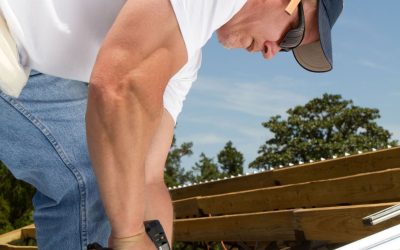If you are doing metal bending, you can turn to a variety of equipment. Each offers specific advantages. Some, such as cornice brakes, only allow a fabricator to perform very simple creases and bends. For more complex shaping and bending, metalworkers may turn to the box and pan brake.
What Is a Box and Pan Brake?
As the name indicates, this style of bending equipment is ideal for bending and shaping metal into the shapes of boxes and pans. This piece of machinery also has several other names, some country specific. Some fabricators refer to it as a finger brake. These finger brakes can be operated manually or come in a hydraulic format.
Why the Nickname of “Finger” Brake?
This brake type is referred to as a finger brake. A box and pan machine features several sub-parts called “fingers” on its clamping bar. The clamping bar is an essential component of this type of bending machine. It provides the base or surface on which the fabricator places the sheet metal.
The fingers are actually blocks. A fabricator can adjust, arrange and remove them when required to do so. By removing one of the fingers, the fabricator can prevent the sheet metal from hitting the clamping bar. This can occur when the fabricator is using the tool to bend the 3rd and 4th sides of the metal. By removing or rearranging the fingers, the fabricator can bend a certain area of metal. The piece will then move on for soldering, welding, screwing or riveting, to name a few possibilities.
Box and Pan Brake
Like other types of metal fabrication machinery, the box and pan or finger brake offers fabricators the capabilities to bend and shape metal pieces. The best machinery comes equipped with a variety of fingers a stop rod and a rigid. While fabricators can choose from different machinery, every shop needs a box and pan brake.








